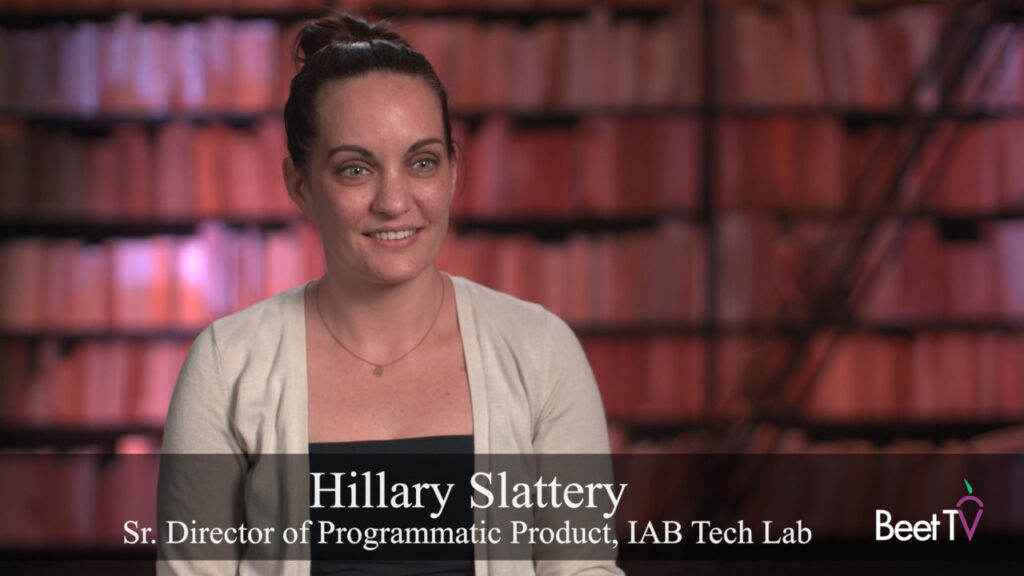LAS VEGAS — It’s no Oculus Rift, and it costs about 40 times less – but Google’s cardboard virtual reality headset has given The New York Times a runway to a VR future. Now the publisher plans to put branded content, as well as high-impact editorial, inside this new world.
For its new NYT VR app, the Gray Lady last year began commissioning virtual reality video reportage like The Displaced, taking viewers inside the lives of three children displaced by the global refugee crisis, and Take Flight, a celebration of air travel.
But the scheme’s real genius was in putting cheap, introductory VR viewers in to the hands of a million of its newspaper home delivery subscribers, via Google’s self-assembly Cardboard headset.
“Although Google Cardboard is an intermediary technology … the evidence is that the entire thing worked,” NYT CEO Mark Thompson tells Beet.TV in this video interview at the Consumer Electronics Show. “People understood the concept, were intrigued and excited by it, tried it out and enjoyed it enough that they kept it in their homes.
“VR is already margin-positive for us. We’re making money out of VR. We expect to make money from VR again in 2016.”
That’s a far cry from Oculus Rift, the impressive – and now Facebook-owned – VR headset that has blazed a trail for quality while in development, and has now upset expectant customers with a high, $600 price tag. But VR buzz continues apace.
“This CES, VR is one of the big topics,” Thompson observed. “There’s a real difference, though, between what we’re doing and what other people are doing. Many publishers are talking about it – we are putting more money in to a program of films with an expectation that, most months of 2016, there will be a new, big piece of work from us. We’re (also) going to be curating VR content, in partnership with Sundance.”
With an editorial pipeline finally building behind a technology that has been mooted for two decades now, is the time right, too, for advertising in virtual worlds?
“We had great early success with commercial partnerships – GE and Mini were the launch partners,” Thompson says of NYT VR. “We are in multiple conversations here at CES about new partnerships.
“Indeed, I would say there is immense marketer interest – they can see both that we have the commitment to the quality of content and experience, but also we’ve got actual viewers. Most people who talk about VR don’t have a way of actually getting VR in front of consumers.”
Our coverage of CES 2016 is presented by Adobe.


























